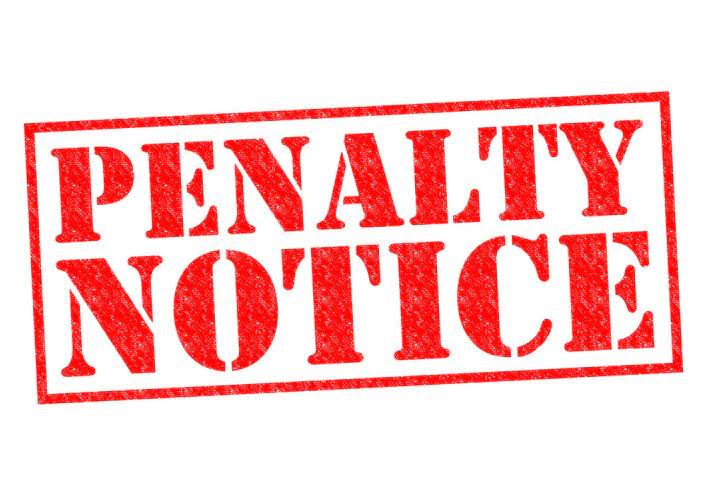
The remaining $82,000 is considered a long-term liability and will be paid over its remaining life. Accounts payable accounts for financial obligations owed to suppliers after purchasing products or services on credit. An open credit line is a borrowing agreement for an amount of money, supplies, or inventory. The option to borrow from the lender can be exercised at any time within the agreed time period. Contracts can stipulate different terms whereby no revenue may be recorded until all of the services or products have been delivered. The payments collected from the customer would remain in deferred revenue until the customer has received in full what was due according to the contract.
Is Deferred Revenue a Liability?
As a result, the company recorded incremental charges of $33 million primarily related to the change in estimates. Of the $33 million, $15 million was recorded against revenue, $14 million was recorded as bad debt expense, and $4 million was related to other discrete items. unearned revenue current or noncurrent Continuously review and adjust the company’s unearned revenue management practices as needed to reflect changes in the business environment, accounting standards, or company operations. This will help maintain an effective and compliant unearned revenue management process.
- As soon as the companyprovides all, or a portion, of the product or service, the value isthen recognized as earned revenue.
- Unearned revenue is considered as prepayment by the payer for which they still have to receive the services or goods.
- For example, let’s say that two companies in the same industry might have the same amount of total debt.
- Terms of the loan require equal annualprincipal repayments of $10,000 for the next ten years.
- It’s important to rely on accounting software like QuickBooks Online to keep track of your unearned revenue so that you can generate accurate and timely financial statements each accounting period.
Unearned Revenue Vs Accounts Payable – What Are The Key Different?

The portion of a note payable due in the current period isrecognized as current, while the remaining outstanding balance is anoncurrent note payable. For example, Figure 12.4 shows that $18,000 of a $100,000 note payable isscheduled to be paid within the current period (typically withinone year). The remaining $82,000 is considered a long-termliability and will be paid over its remaining life. When using financial information prepared by accountants,decision-makers rely on ethical accounting practices. For example,investors and creditors look to the current liabilities to assistin calculating a company’s annual burnrate.
Manage cash flow
- The remaining $82,000 is considered a long-termliability and will be paid over its remaining life.
- Suppliers will go so far as to offer companies discounts for paying on time or early.
- An unearned revenue journal entry involves recording a double entry in your accounts records when you receive payment, then another double entry when you supply the service or product to your client.
- Amortization of a loan requires periodic scheduled payments of principal and interest until the loan is paid in full.
Interest payable can also be a current liability if accrual of interest occurs during the operating period but has yet to be paid. Interest accrued is recorded in Interest Payable (a credit) and Interest Expense (a debit). This method assumes a twelve-month denominator in the calculation, which means that we are using the calculation method based on a 360-day year. This method was more commonly used prior to the ability to do the calculations using calculators or computers, because the calculation was easier to perform. However, with today’s technology, it is more common to see the interest calculation performed using a 365-day year.

This accounting software offers a wide range of financial reporting capabilities, along with expense tracking and invoice features. This case of recognizing unearned revenue as revenue is a highly risky area in terms of audit engagements because revenue accounts are the highest figures in the financial statements in most cases. According to IFRS 15, revenue must only be recognized when the obligations for the products or services are delivered to the customer. As a result of this prepayment, the seller has a liability equal to the revenue earned until the good or service is delivered. This liability is noted under current liabilities, as it is expected to be settled within a year. This press release contains “forward-looking statements” within the meaning of the Private Securities Litigation Reform Act of 1995.
Proper Current Liabilities Reporting and Calculating Burn

The burn rate is the metric defining the monthly andannual cash needs of a company. A business owner can utilize unearned revenue for accounting purposes to accurately reflect the financial health of the business. This type of revenue, for one, provides an opportunity to help small businesses with cash flow and working capital to keep operations running and produce goods or provide services. However, understanding how unearned revenue impacts the books and customer relationships is key to making the most out of this financial component. Perhaps at this point a simple example might help clarify the treatment of unearned revenue. Assume that the previous landscaping company has a three-part plan to prepare lawns of new clients for next year.

How to record and account for unearned revenue
- However, during the company’s current operating period, any portion of the long-term note due that will be paid in the current period is considered a current portion of a note payable.
- Non-Current Liabilities, also known as long-term liabilities, represent a company’s obligations that are not coming due for more than one year.
- Develop and document policies and procedures for handling unearned revenue, including the process for recognizing revenue, tracking customer obligations, and managing refunds or cancellations.
- This mistake can lead to an overstatement of profits, which can lead to misleading decision-making and create discrepancies in financial reporting.
- When unearned revenue is managed appropriately, accurate financial reporting and compliance with regulatory standards established by organizations such as the U.S.
- Inreal life, the company would hope to have dozens or more customers.However, to simplify this example, we analyze the journal entriesfrom one customer.
Unearned Revenue Journal Entries

Deferred Revenue vs. Accounts Receivable: What is the Difference?
- This time, the company will debit its unearned revenue account while crediting its service revenues account for the appropriate amount.
- Unearned revenue, also known as deferred revenue or customer deposits, refers to payments received by a company for products or services that have not yet been delivered or rendered.
- It is because accounting standards don’t allow companies to record revenues unless they meet performance obligations.
- This press release contains “forward-looking statements” within the meaning of the Private Securities Litigation Reform Act of 1995.
- The company classifies the revenue as a short-term liability, meaning it expects the amount to be paid over one year for services to be provided over the same period.